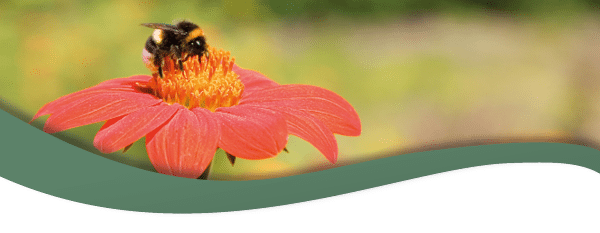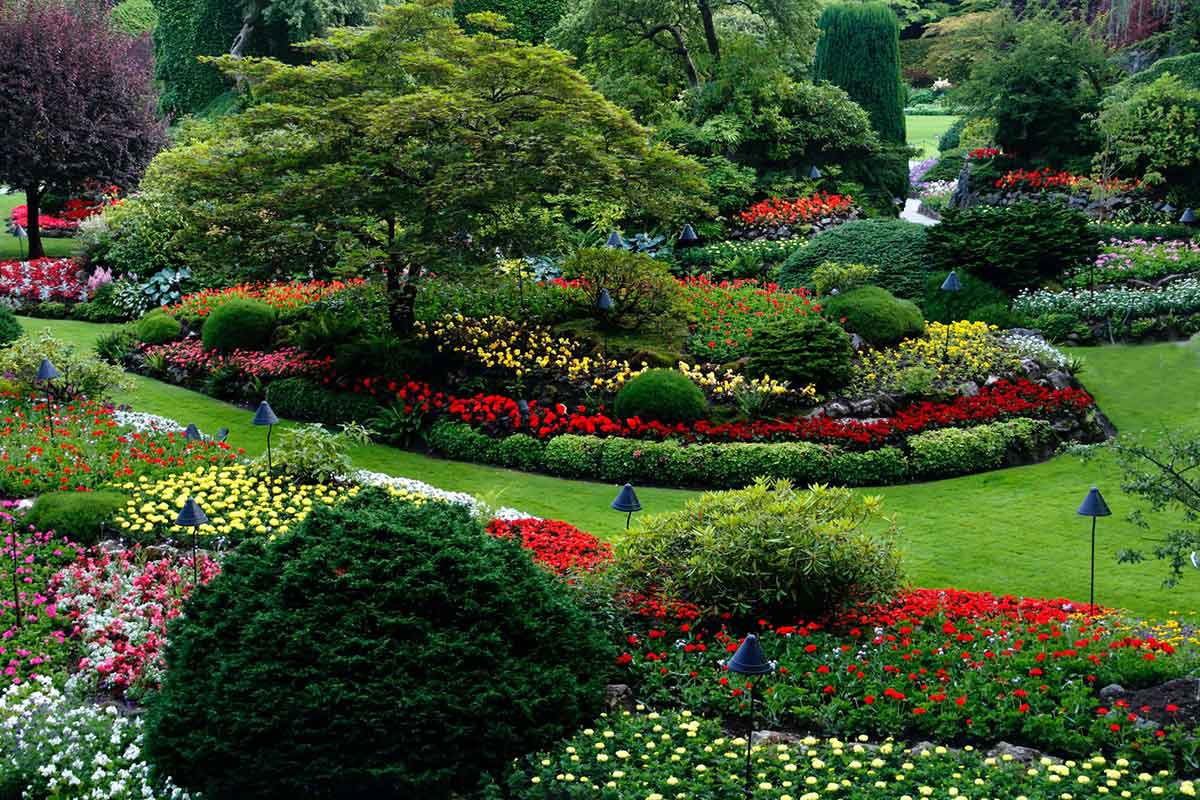With bee populations decreasing and the introduction of pesticides into gardens across the UK considered to be partly to blame, how can you create a bee friendly space in your grounds?
It’s not like having a cat or a rabbit, maintaining a garden suitable for bees is simple. Choosing the right plants and ensuring you make your garden accessible to the many bees in the UK, is like having a collection of wild pets in your own garden. No matter if you have the grounds of a country house or a small flat with a balcony, you can welcome bees and help these vital pollinators continue to produce honey and create the many flowers we take for granted.
What do bees do?
There are over 260 species of bee in the UK which can be generally categorised into three groups:
- Bumblebee – There are approximately 25 species of bumble bee in Britain with around 12 being commonly seen in domestic gardens.
- Solitary Bee – With around 250 species of solitary bee these are the most seen across the UK.
- Honeybee – There is 1 known honeybee species but it is a social insect, forming large colonies of approx 60,000 bees.
Bees are one of the most important creatures to humans, they pollinate over 80% of all flowering plants including 70 of the top 100 human food crops. One in three bites of food is derived from plants pollinated by bees. Needless to say, bees really are the ‘bees knees.’
How to create a bee friendly space in your grounds
Bees don’t see very well, so although the allure of a colourful garden may be great for humans, it doesn’t much matter to the bee population; they mostly use taste to detect where the appropriate plants are. Saying that, they can see purple, so introducing la-vender or alliums could see an increase in these buzzing buddies visiting your grounds.
Bees are the most active from March to September, with honey harvesting normally taking place in July and August. Ensuring your plants are kept in their best condition during this time such as dead-heading and maintaining a well-watered ground, will keep the bees coming. Also, it is advisable to clear away any eucalyptus and citronella which can deter bees. If your garden is full of evergreen shrubs and foliage plants, which are useless to bees you can incorporating some wild flowers, Geraniums or Echinacea.
Finally, the use of any synthetic chemicals such fungicides, insecticides, pesticides or herbicides, can damage pollinators themselves and can linger in the soil for years to come.
Become a bee keeper
Unlike most of Europe, the UK’s honey supply is mostly provided from amateur bee keepers rather than bee farmers, with beekeeping becoming an increasingly popular past-time. It’s not something to take lightly, as learning how to properly take care of bees whilst still allowing them to create their own natural habitat, is a real skill. It is estimated that honeybees need to fly approximately 55,000 miles and make four mil-lion visits to flowers to produce a single pot of honey, so don’t think that this will be an easy replacement from your standard trip to the supermarket for your favourite porridge topping.
Making a few simple changes to a garden of any size will help to attract bees and hopefully help to grow their depleting population.








